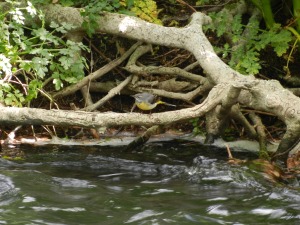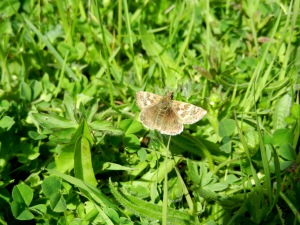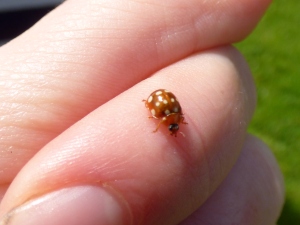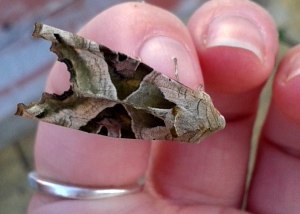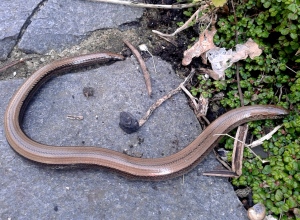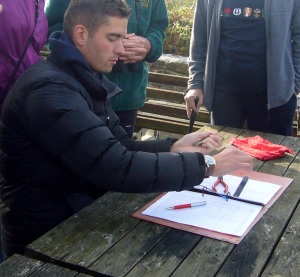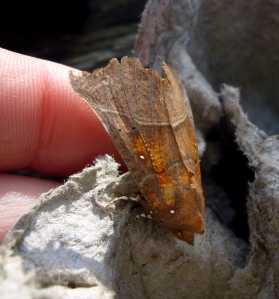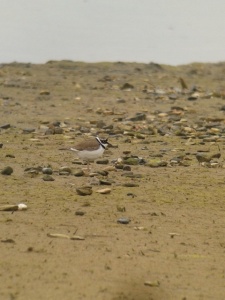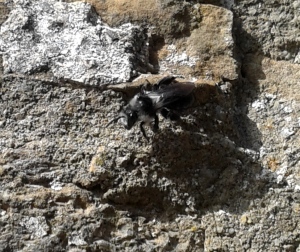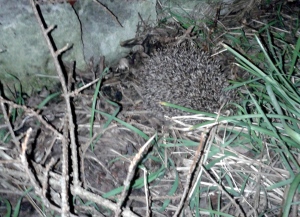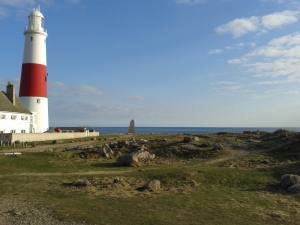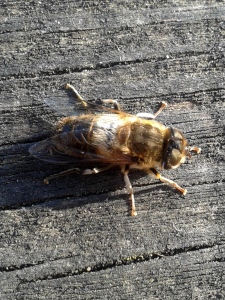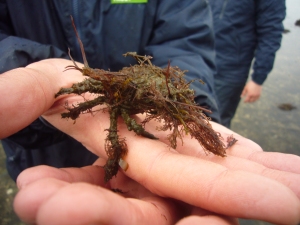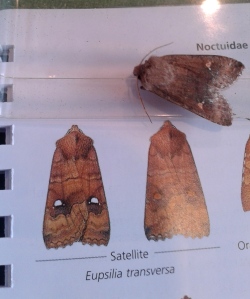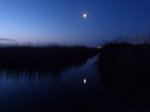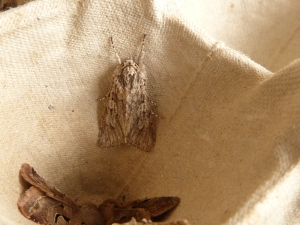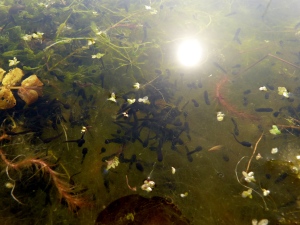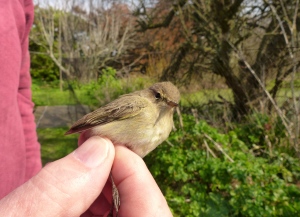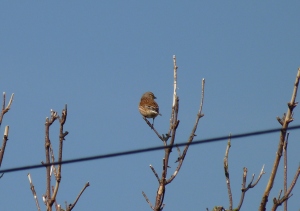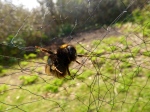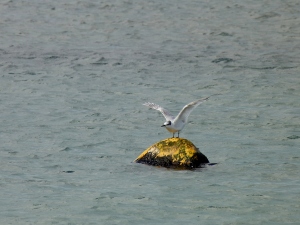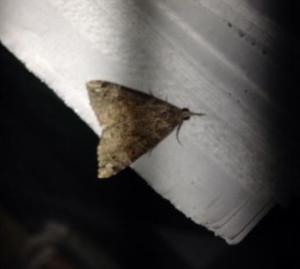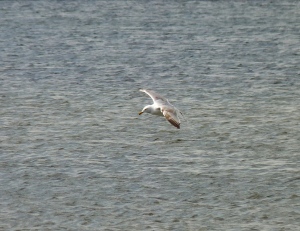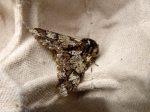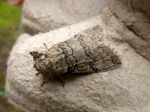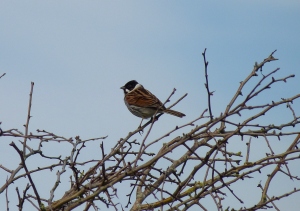In Good Company
Do you remember my blog post back in September where I raved about how fantastic a certain group called A Focus On Nature is? And I’d gone to their conference and got caught up in an adrenaline high from being around so many young conservationists? Well, I’m back in that mode again!
There is a reason for this mind, it hasn’t just suddenly occurred. I spent a recent Sunday at WWT Slimbridge with a number of other members of AFON. It was great to see them again, and meet new friends. Despite being surrounded by birds, I soon honed in on fellow moth-ers and was nattering again comparing our catches (still haven’t come across anyone catching more than 61 December Moths, so am chuffed with that).
Of course, I did appreciate the birds, how could I not? This visit to Slimbridge saw me ticking off a number of new species for me (both for the year, and for life) such as Bewick’s Swan (looks a bit like a mute swan) and Pintail (which is just such a lovely bird, it’s plumage is stunning!). In the captive animal area, I saw my first harvest mice. Now I’ve seen lifesize illustrations, but it wasn’t til I saw these mice in person that I realised just how tiny they are! It’s ridiculous! So absolutely teeny tiny! Naturally highly adorable, even to the self-admitted non-mammal lover in the group.
During the day, we also watched (via a large screen), the spoon-billed sandpipers being fed – also adorable, heard a talk given by Mya-Rose Craig (aka birdgirl) where she highlighted the oil spill in Sundarbans and the lack of action, had a tour by the senior warden Martin McGill and had an absolutely scrumptious meal at the local pub (highly recommended, both the main and the delicious ice cream!).
Below are various other birds also seen during my visit:
All in all, it was a great day out – many thanks to AFON, and in particular to Matt Collis who arranged the whole day!
Also in December, I had a quick visit to a Sussex Wildlife Trust Nature Reserve – Woods Mill. There is a lovely pond, which must be absolutely buzzing with dragonflies and damselflies during the summer months! It was very still on my visit, a tranquil place to sit by and relax. Though not completely devoid of activity, as I was soon joined by a friendly robin looking for some food. Unfortunately I had to disappoint the little bird as my pockets were bare.
As it was quite still, I took the opportunity to just take a moment and look at parts of nature I might otherwise walk past.
Other blog posts about the AFON visit to WWT Slimbridge:
Wader Quest: http://www.waderquest.org/2014/12/afon.html
Amy Robjohns: https://birdingaroundhampshire.wordpress.com/2014/12/22/a-focus-on-wwt-slimbridge/



























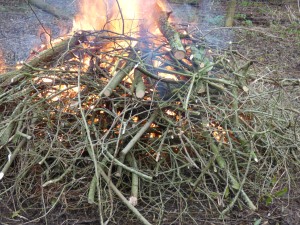



























![Scarce Blue-tailed Damselfly (note the end segments of the abdomen [tail])](http://mshersby.files.wordpress.com/2014/05/p1030105.jpg?w=300)
